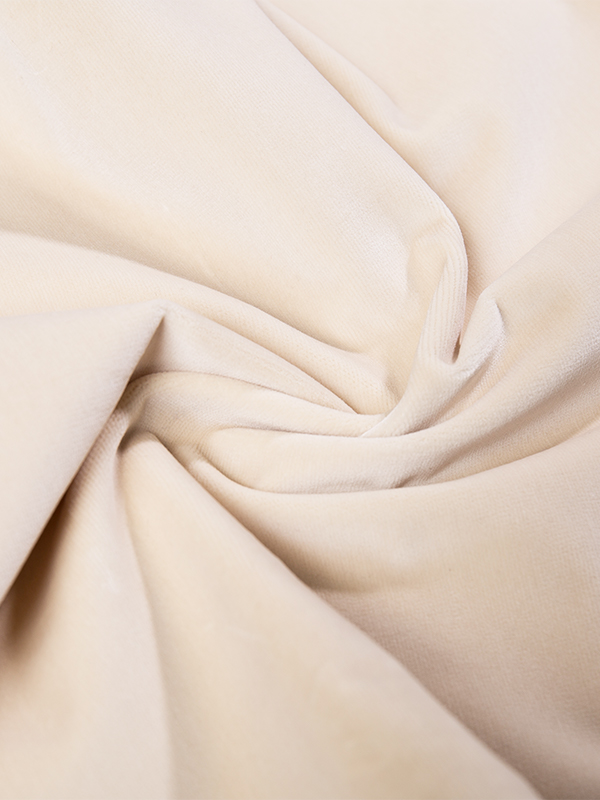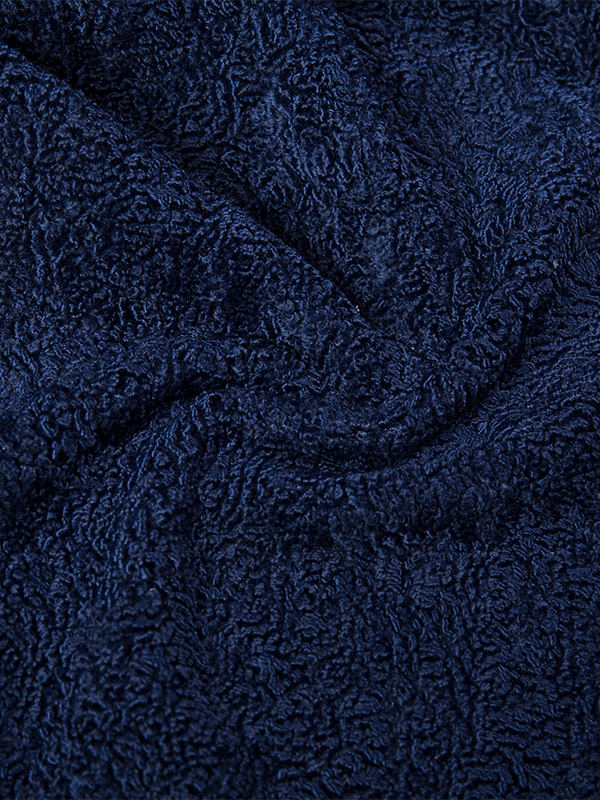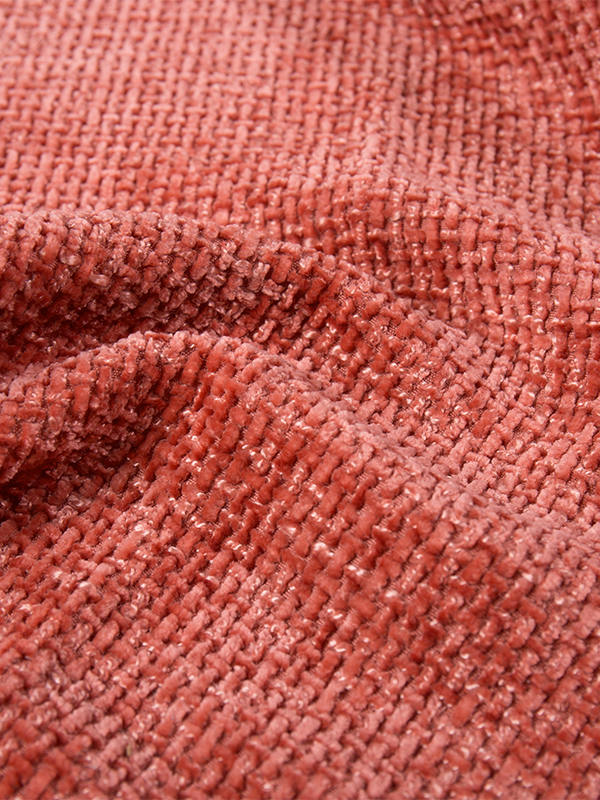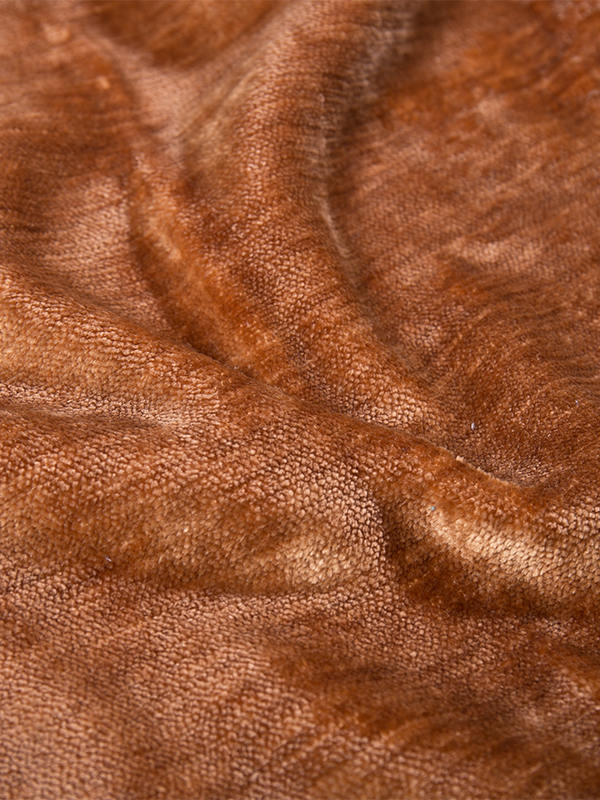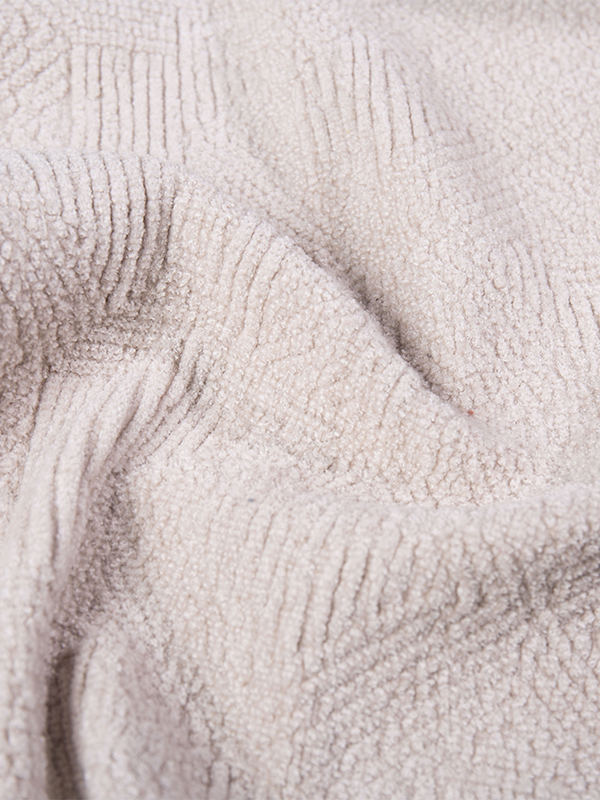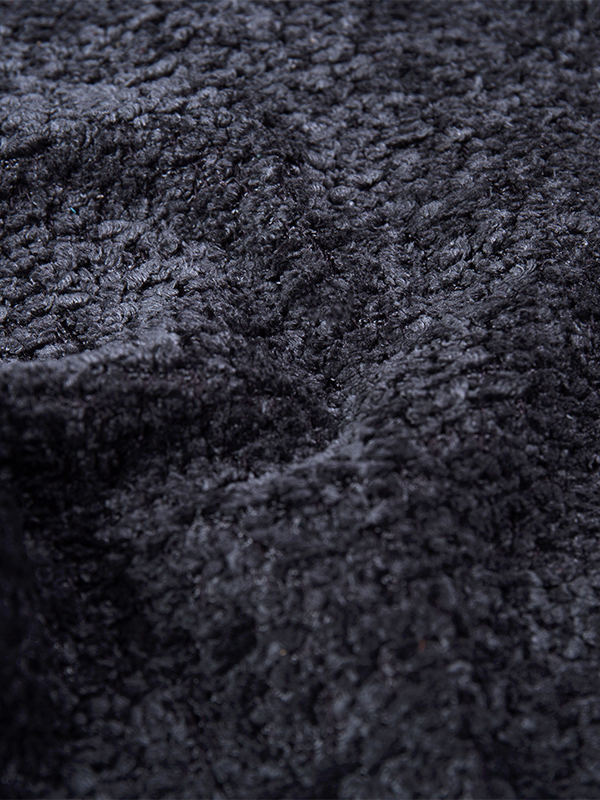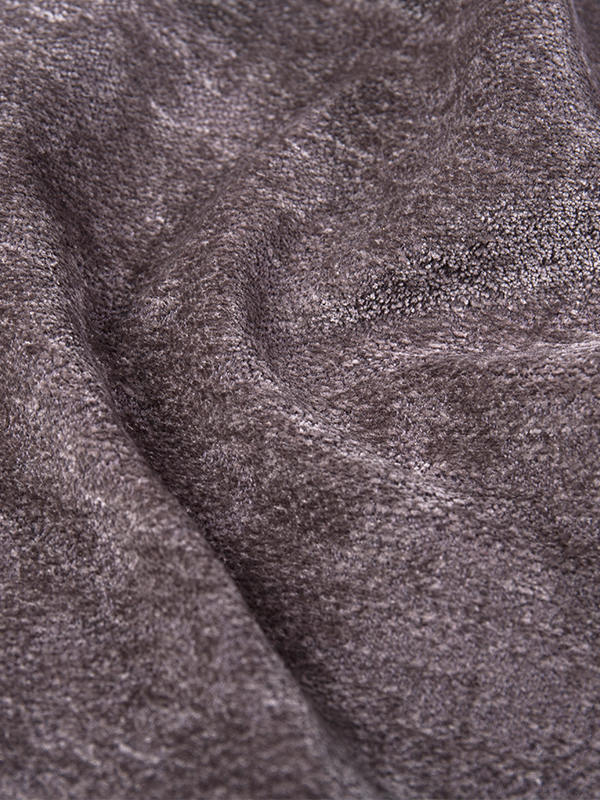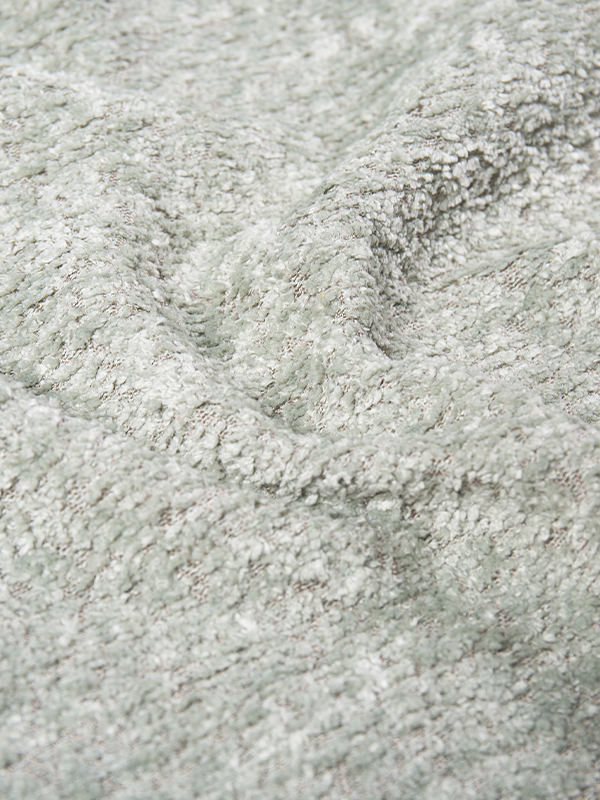Many consumers now prioritize sustainability when selecting textiles for their homes. A reputable sofa fabric factory plays a crucial role in providing materials that are not only comfortable and durable but also environmentally responsible. At Huayi, we focus on producing high-quality fabrics with eco-friendly properties, while also ensuring advanced bonding sofa fabric techniques that reduce waste and improve longevity. By considering both material selection and production methods, homeowners can make choices that support sustainable living.
Why Eco-Friendly Fabrics Matter
The textile industry is one of the major contributors to environmental pollution. Choosing sustainable sofa fabrics can significantly reduce the impact of production and disposal. Eco-friendly fabrics often use natural fibers or recycled materials, require less water and chemical usage, and can be recycled or composted at the end of their life. By investing in such materials from a trusted Sofa Fabric Factory, you contribute to both environmental protection and healthier living spaces.
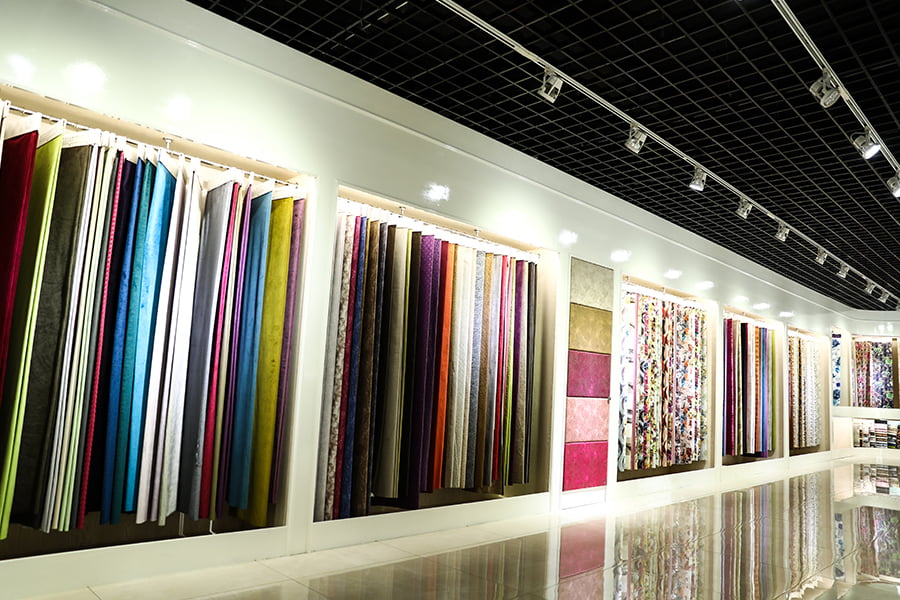
Types of Eco-Friendly Sofa Fabrics
1. Organic Cotton
Organic cotton is grown without synthetic pesticides or fertilizers, which reduces soil and water pollution. For upholstery, organic cotton fabrics offer softness, breathability, and durability. Bonding Sofa Fabric made from organic cotton layers can also maintain structure without the need for harmful adhesives.
2. Recycled Polyester
Recycled polyester, often made from post-consumer plastic bottles, reduces waste and conserves resources. Fabrics crafted from recycled polyester are strong, stain-resistant, and easy to maintain, making them ideal for high-traffic sofas and chairs. Using bonding techniques compatible with recycled polyester ensures minimal chemical waste during production.
3. Natural and Plant-Based Fibers
Fibers such as hemp, bamboo, and linen are renewable, biodegradable, and require fewer chemicals to grow. These materials are increasingly used in modern upholstery, offering natural textures and appealing aesthetics. Huayi integrates advanced Bonding Sofa Fabric methods to create layered fabrics that combine comfort with eco-friendly properties.
4. Low-Impact Dyes and Finishes
Traditional dyeing and finishing processes often involve toxic chemicals and high water consumption. Eco-friendly sofa fabrics use natural dyes or low-impact synthetic dyes that reduce water pollution. Finishing techniques at Huayi are designed to minimize chemical usage while maintaining durability and softness.
How to Identify Eco-Friendly Fabrics
When purchasing sofa fabrics, look for certifications such as GOTS (Global Organic Textile Standard) or OEKO-TEX Standard 100. These labels indicate that the fabric has been tested for harmful substances and produced under sustainable conditions. A reliable Sofa Fabric Factory like Huayi can provide documentation and product details to help you make informed decisions.
Benefits of Choosing Eco-Friendly Sofa Fabrics
Environmental Protection: Reduce pollution and resource consumption.
Healthier Home: Fewer toxic chemicals improve indoor air quality.
Durability: Many eco-friendly fabrics are surprisingly resilient.
Style Variety: Sustainable fabrics come in various colors, textures, and patterns.
Huayi’s Commitment to Sustainability
At Huayi, we combine expertise in warp-knitted fabric production with eco-conscious practices. Our advanced bonding techniques allow for high-performance fabrics without excessive chemical adhesives. Whether it’s organic cotton velvet, recycled polyester blends, or other sustainable materials, we aim to offer products that support both style and environmental responsibility.
Huayi is committed to helping consumers and designers make these choices with confidence, providing fabrics that are as gentle on the planet as they are on your home.

 English
English 中文简体
中文简体 русский
русский عربى
عربى Español
Español